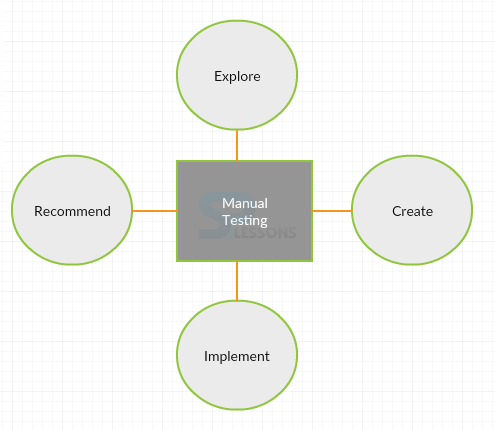 Introduction
Introduction
Manual testing incorporates testing a software product manually without utilizing any script or any robotized device.In manual testing the analyzer assumes control over the part of an end-client and tests the product to recognize any bug or unforeseen conduct. Here the testers utilize the cases of test criteria, experiments, or test situations to examine a product to guarantee the fulfillment of testing. Manual testing likewise incorporates exploratory testing, as analyzers investigate the product to recognize bugs in it.
 Description
Description
Manual testing consisting of the following types of testing such as:
Unit Testing is also known as component testing. Developer will be responsible for performing unit testing. To find logical defects unit testing is used.
To combine all single verified components to build the system is called Integration Testing.
The process of testing an integrated system to verify that it meets specified requirements is known as System Testing.
Acceptance Testing is the last testing performed on the software product before its actual release. It is common for the customer to perform this type of testing. The testing environment is used to perform Acceptance Testing is based on a model of customer environment.
- Unit Testing
- Integration Testing
- System Testing
- User acceptance testing
 Description
Description
The main aim of Manual Testing is to make the application error free. There should be 100 percent test coverage and to find bugs very earlier and to get them fixed. Re-testing will be performed by the testers, to fix the defects. It focus more on delivering a quality product to the Customer.
 Description
Description
The following are the advantages of Manual Testing:
- Random testing can be performed .
- It is not a costly procedure.
- It does not require any Scripting language.
- It is Flexible.
 Key Points
Key Points
- Before going to Automation, an application should me Manually Tested.
- To overcome the limitations of Manual Testing, Automation is introduced.




